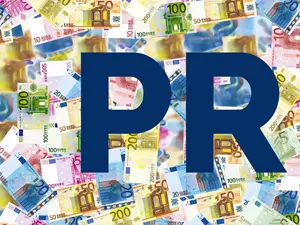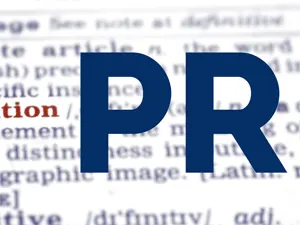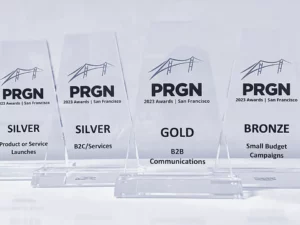
Marketing measure for social media
Content curation has become one of the most popular and most important strategies in the social media and content marketing sector. This requires appropriate tools, sufficient content and above all time. In this blog article you will learn how to approach content curation and what you need to consider.
Content curation is a marketing measure that is mainly used in the social media segment. Comparable to the curator’s work in a museum, content is collected, prepared and published. Not only is the link itself shared, but also commented on.
The term “content curation” will not be much familiar to the majority of people without a marketing background. But many people are actively curating content through various social channels and networks such as Facebook, Twitter, Instagram and Pinterest, or even LinkedIn and XING. But how does professional content curation work in practice? How do you organize sources and why curate at all?
What are the advantages of content curation?
Purchase decisions are not always made emotionally, but often after careful consideration based on convincing data and facts. This is where companies with content-driven content marketing can present their own advantages to the outside world in a targeted manner. In the best case, the customer’s perception changes in the competitive context – which can ultimately benefit the own brand enormously.
It is becoming increasingly difficult for companies to produce the right frequency and quality of “owned media“, as they want to write permanently about their own product, services and industries or their own company. Potential customers today want much more information than just the perspective of a single company. They want a comprehensive overview of a topic and are therefore interested in the views and information of other experts. And this is exactly where content curation comes into play, because this is how companies can effectively and efficiently showcase their expertise.
Because the selection of topics can be very broadly based when curating content, the benefit for one’s own network also increases proportionally, and therefore then often – for example in the form of social shares.
Further advantages of content curation
- Reputation and awareness are increased by sharing high-quality content. If companies also let experts and competitors have their say, a company presents itself credibly and transparently.
- Content curation leads to additionally indexed pages in search engines and thus improves the reach and findability of the company in connection with significant keywords. Content curation is therefore an important part of search engine optimization (SEO).
- Curated sources support the credibility, authenticity and trust of a company when developing go-to-web resources. With curated news in newsletters or e-mails, for example, it is possible to react to trends and new developments in user behavior and thus optimize “time-to-market times” with comparatively little effort.
Forms of content curation
Although content curation basically works similarly, different approaches can be distinguished:
- In distillation, the information is “distilled” from different sources. The most important data is summarized and published in one place (website, social media channel).
- Aggregation is similar in principle to distillation. The contents are not reduced to the essentials, but are published in whole or at least in large parts. Again, all content on a topic is collected in one place. Aggregation is the most common form of content curation.
- When information and sources on a specific topic are continuously collected, this is called elevation. A company wants to draw attention to a certain topic and through the mass of contributions the reader should register that this is an important issue.
- The chronology method collects contributions relevant to the topic and presents them in chronological order. The aim is to document and trace the development of a specific topic.




0 Comments